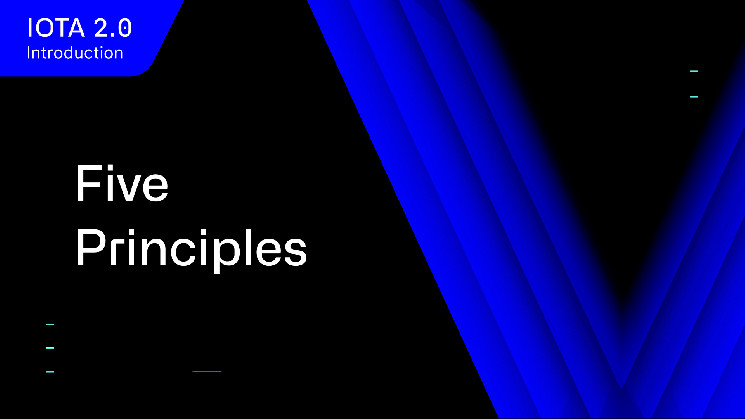IOTA 2.0 Introduction Part 2
TL;DR:
The five core principles of IOTA 2.0 aim to lay the foundation for a democratic and autonomous digital future. The principles are Accessibility, Parallelism, Volume and Velocity, Social Dynamics, and Sustainable Tokenomics. We delve into the details of each principle, explaining how they work and how they contribute to the overall goal of creating a world-spanning infrastructure that offers security and economic opportunities to everyone.
IOTA’s five core principles lay the foundation for a truly democratic and autonomous digital future.
This blog post gives you an overview of the principles:For a more detailed description, don’t miss the introductory Wiki article to be published on October 5th.
Each principle is designed to ensure that you as a user have complete control over your digital assets and transactions. (For more on our vision of Digital Autonomy for Everyone, read the first part of this introductory series to IOTA 2.0).
- Accessibility: With Accessible Writing,you can create and add your own blocks to the ledger, without having to pay someone else.
- Parallelism: Say goodbye to computational bottlenecks with Parallel and Stream Processing, which ensures that multiple blocks can be processed at once on arrival.
- Volume and Velocity: High volume and velocity transactions ensure everyone enjoys a rapid user experience: You can execute many transactions in just a few seconds.
- Social Dynamics: The protocol will replicate real-world social dynamics through the use of account-based digital identities, giving you easy management of your assets and digital identity.
- Sustainable Tokenomics: IOTA is designed to prevent value extraction by encouraging long-term commitment to the ecosystem. Owning IOTA tokens over time guarantees feeless access to the network.
These principles underpin an open and permissionless system that enables a truly world-spanning infrastructure offering security and economic opportunities to everyone. Let’s look at each principle in more depth.

Principle 1. Accessibility: Most DLTs rely on block producers to create blocks, thereby adding and confirming information on the network (which we call “writing”). They are the gatekeepers of the network, and other users – who fundamentally want cheap throughput – usually have to pay them a fee to include their information in blocks. This creates a conflict of interest between users and block producers. To resolve this conflict, IOTA merges users and block producers into the same group, so you – like everyone else – can mint your own blocks, without having to pay someone else.
We call this process Accessible Writing, and it’s made possible thanks to the high block creation rate achieved through our Directed Acyclic Graph (DAG) architecture. In a DAG, multiple blocks can be added at the same time (see Principle 2), increasing the overall block creation rate and allowing additional actors to participate in the network.
Accessible Writing increases everyone’s digital autonomy by ensuring each user can interact with the network without going through a service provider.
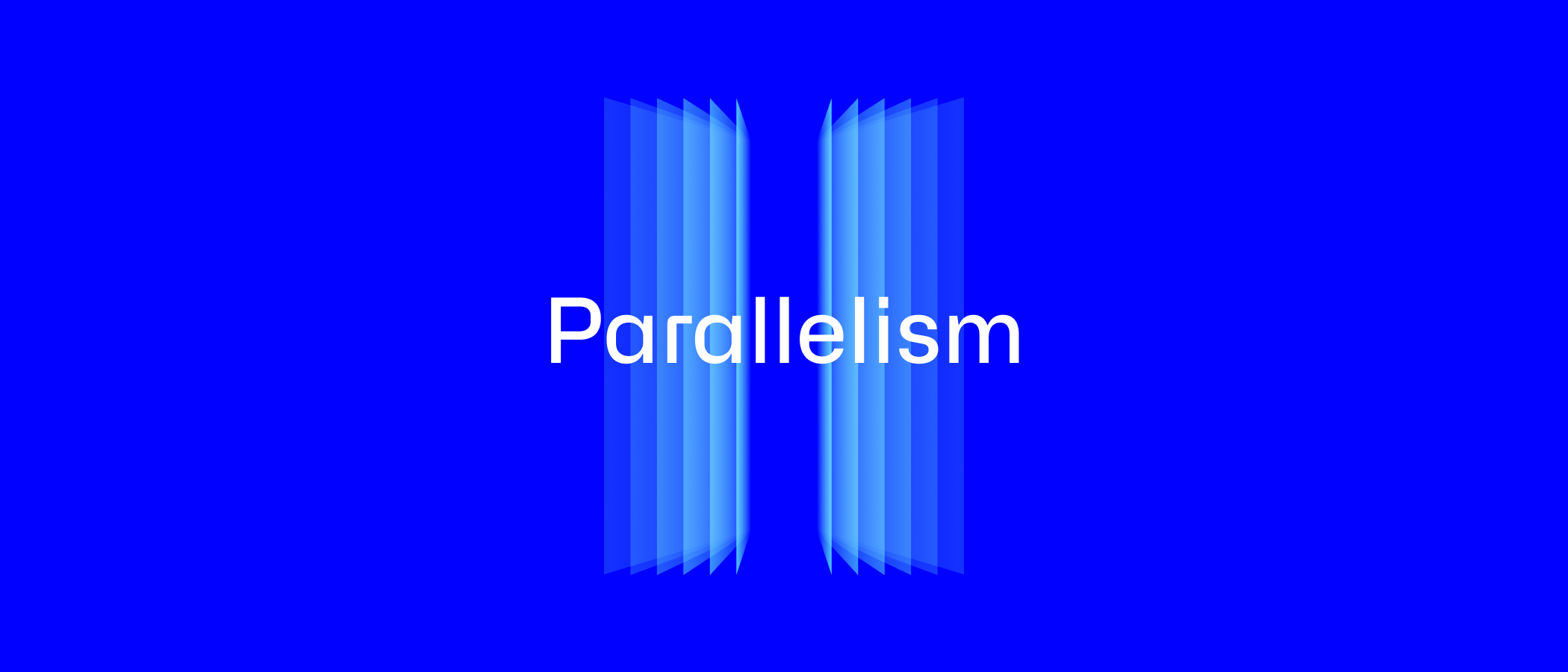
Principle 2. Parallelism: Our DAG-based architecture enables blocks to be created not only at the same time but also in parallel. In addition, the protocol can be divided into many smaller blocks that can be constantly processed, rather than in big batches. Typically, most DLTs first order all transactions to resolve conflicts before processing them in big batches, which creates delays. Instead, IOTA processes first and then uses voting to sort out any discrepancies caused by conflicts.
Thus transactions can be processed in parallel and on arrival, which increases performance and reduces bottlenecks at times of peak congestion. IOTA's parallel processing also makes it ideal for heavy computations, making it a scalable settlement layer for side chains and bridges. It also enables us to utilize the maximum computational power of every node in the network.
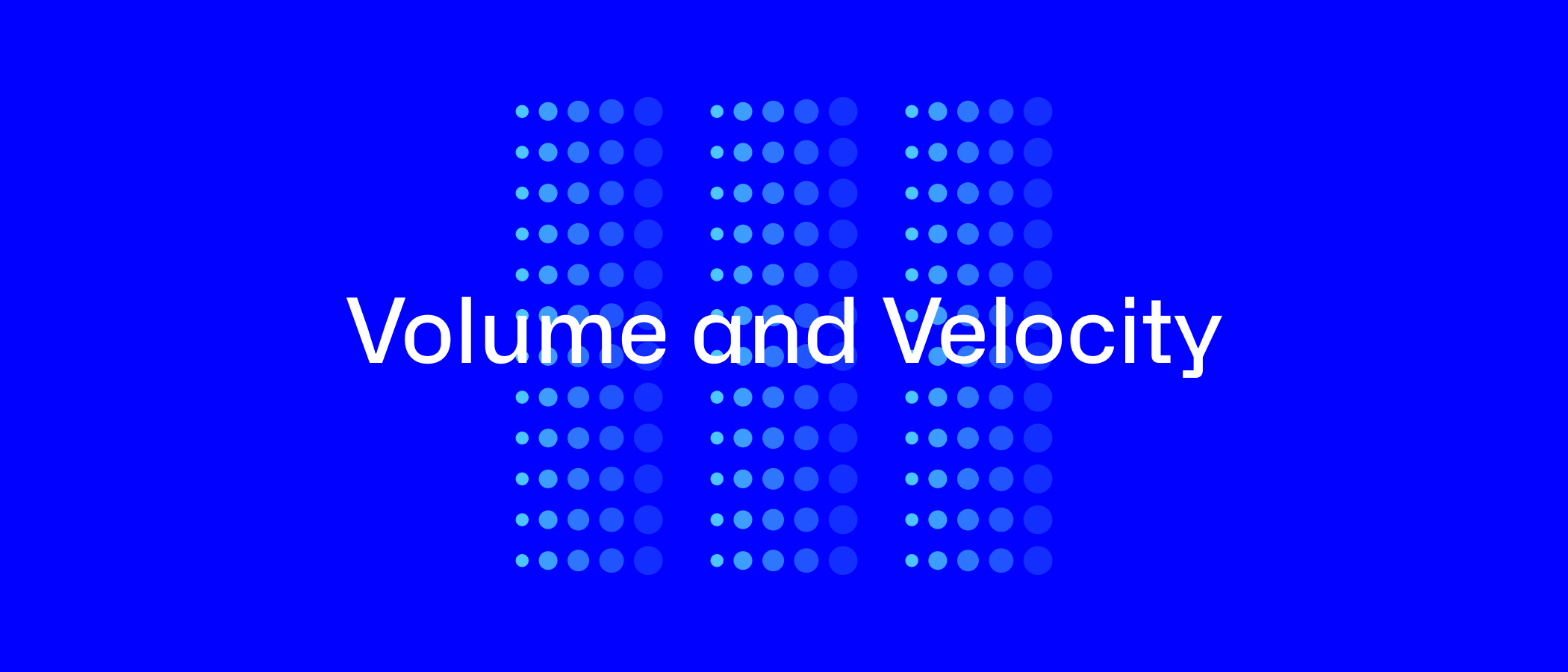
Principle 3. Volume and Velocity: For a distributed ledger to be successful, it needs to be able to handle a lot of transactions quickly. While traditional blockchains batch transactions into sequential blocks slowly and periodically, IOTA 2.0’s architecture allows your transactions to be executed as soon as they arrive, without having to wait to get clumped together and be processed in batches. This means that your low-value transactions can be completed almost instantly, and, if you want more security for a larger transaction, you just have to wait a few seconds for it to be confirmed. Moreover, it's important to have as much throughput as possible for the system so it can service as many people as possible.
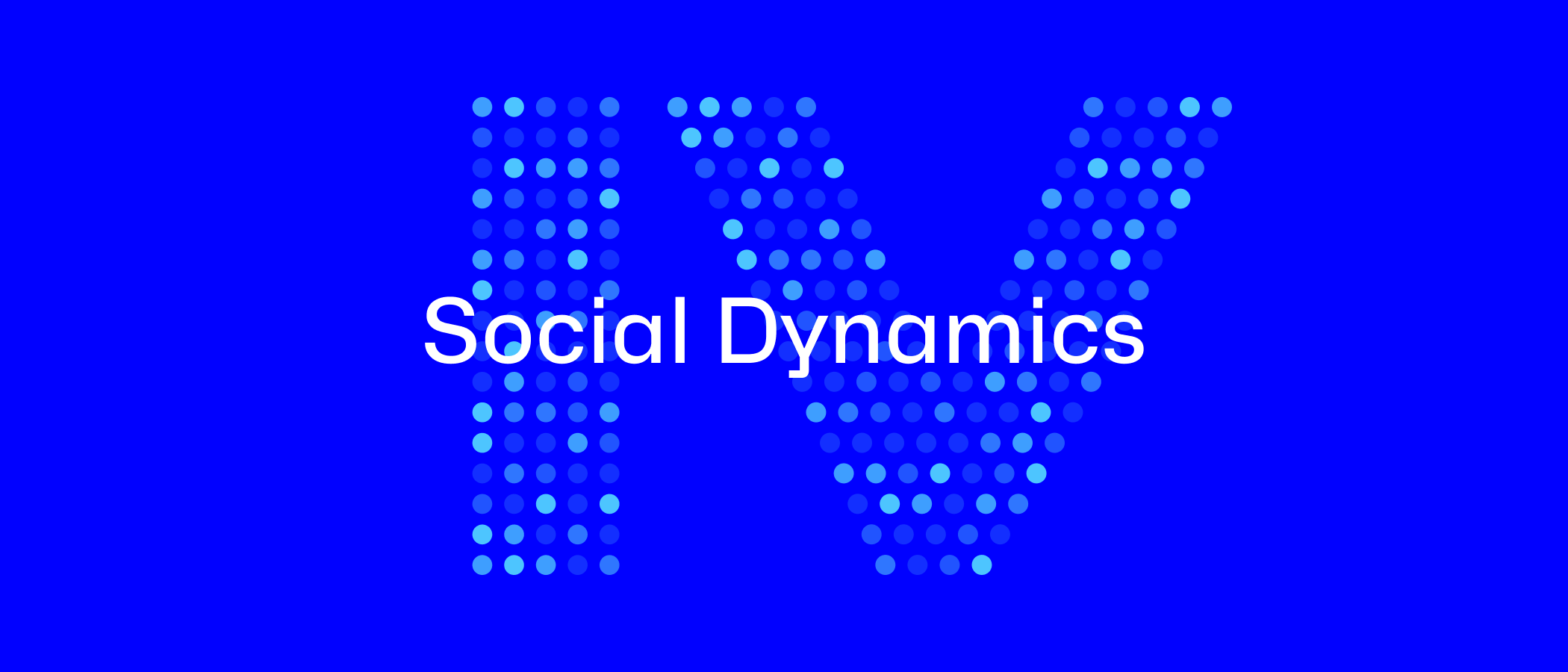
Principle 4. Social Dynamics: IOTA 2.0 uses decentralized identities and accounts to reflect the dynamics of the real world on the ledger, thereby enabling widespread adoption. For example, as a user of IOTA 2.0, you’ll have your own decentralized digital identity in the form of an account interface, where all your interactions with the protocol will occur. Accounts provide static identifiers for you to declare states, lock funds, stake, and issue blocks, and your control over your account represents your digital autonomy. Also, institutions, businesses, and machines can be identifiable on the ledger and can interact with IOTA users and their digital identities.
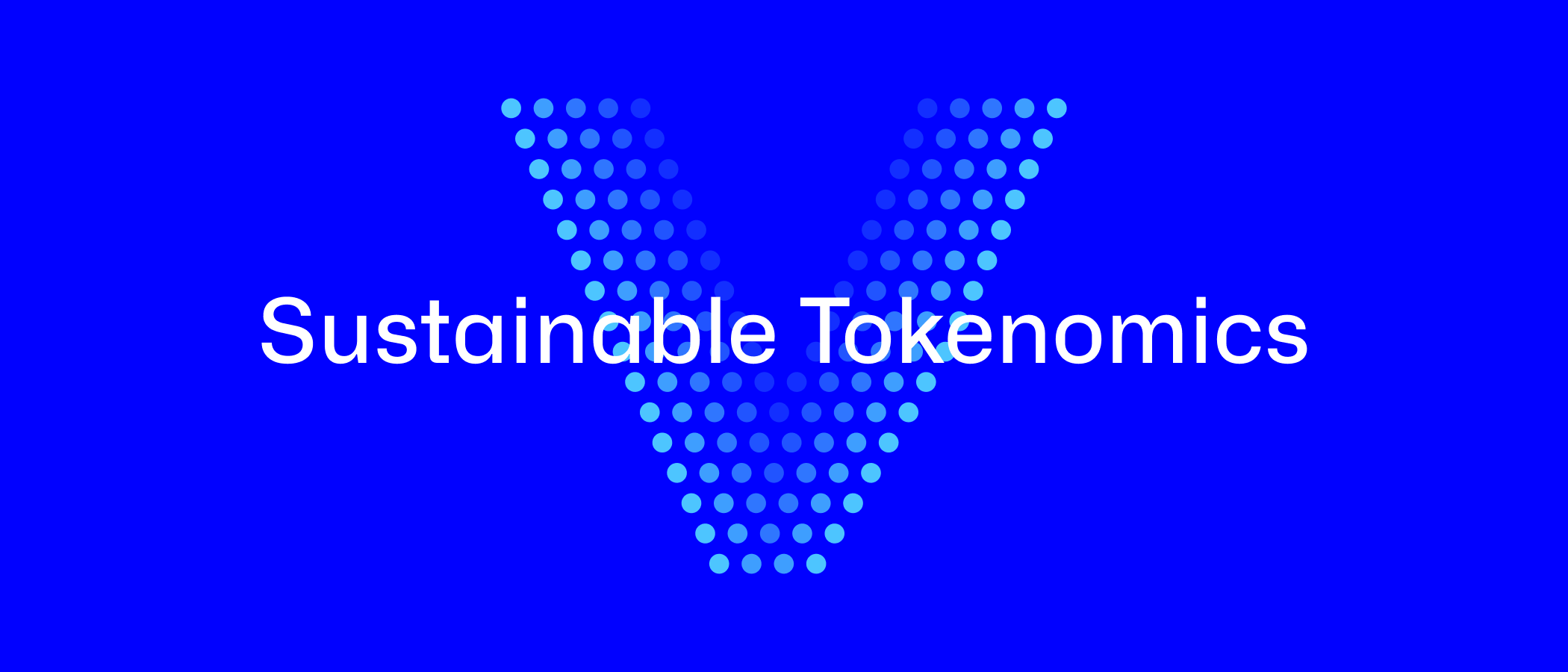
5. Sustainable Tokenomics: IOTA 2.0 encourages long-term investment in the ecosystem with tokenomics that revolves around two key resources: IOTA tokens and Mana. A fixed supply of IOTA tokens means no inflation and prevents additional fluctuations in token value while holding IOTA tokens generates Mana, a resource that unlocks the ability to perform various actions such as transferring funds, minting NFTs, and engaging with smart contracts. Also, the amount of Mana determines the average share of throughput access. Alternatively, users can stake tokens as validators or delegate tokens to validators in order to claim extra Mana. So instead of rewarding users by diluting the IOTA token, we incentivize them with Mana, which gains utility as the network matures, creating a circular, replenishable economy that favors long-term investment over short-term profit extraction.
A solid foundation
Together, these principles create an open and permissionless system that offers security and economic opportunities to everyone. By using IOTA, users become part of a network that prioritizes their needs and autonomy, empowering them to have control over their digital lives.
In our next blog post, we’ll dive into data flow and how all the components fit together.
 iota-news.com
iota-news.com
